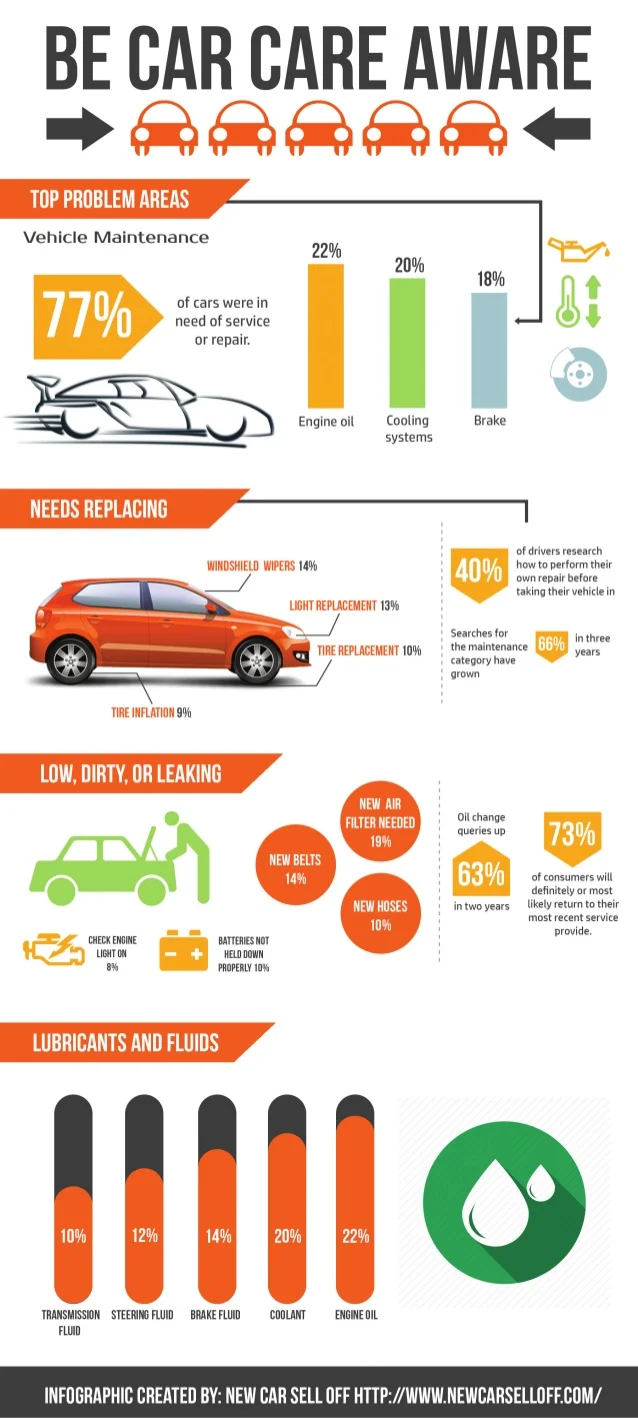Evaluating Your Automobile'S Caution Indicators: What They Really Communicate
Evaluating Your Automobile'S Caution Indicators: What They Really Communicate
Blog Article
Content By-Vinson Corbett
When you lag the wheel, those radiant warning lights on your dashboard can be a little bit difficult. Do you recognize what they're attempting to inform you regarding your vehicle's health and wellness? Understanding the relevance of these lights is important for your security and the longevity of your lorry. So, the next time one of those lights pops up, wouldn't you want to decipher its message accurately and take the necessary actions to address it?
Common Caution Lighting and Interpretations
Identify typical warning lights in your auto and comprehend their definitions to guarantee safe driving.
The most common caution lights include the check engine light, which indicates problems with the engine or discharges system. If car grooming botany comes on, it's essential to have your vehicle checked promptly.
The oil pressure warning light indicates reduced oil pressure, requiring instant focus to prevent engine damages.
A blinking battery light may suggest a faulty billing system, possibly leaving you stranded if not dealt with.
The tire stress monitoring system (TPMS) light informs you to reduced tire stress, affecting automobile security and gas performance. Neglecting this could cause dangerous driving conditions.
The abdominal muscle light suggests an issue with the anti-lock stopping system, compromising your capability to stop swiftly in emergency situations.
Lastly, the coolant temperature level cautioning light warns of engine overheating, which can lead to serious damages if not settled swiftly.
Understanding these typical warning lights will aid you attend to issues quickly and maintain risk-free driving conditions.
Value of Prompt Focus
Comprehending the typical caution lights in your automobile is only the initial step; the significance of immediately attending to these warnings can't be highlighted sufficient to guarantee your safety when traveling.
When a warning light illuminates on your dashboard, it's your car's way of interacting a prospective issue that requires interest. Neglecting these warnings can lead to much more severe problems later on, endangering your security and potentially costing you a lot more in repairs.
car grooming nz to cautioning lights can prevent malfunctions and mishaps. As an example, a flashing check engine light can show a misfire that, if left ignored, might trigger damage to the catalytic converter. Resolving this without delay can save you from a pricey repair work.
Similarly, a brake system cautioning light could signify reduced brake fluid or used brake pads, crucial parts for your security when driving.
Do It Yourself Troubleshooting Tips
If you notice a caution light on your control panel, there are a couple of DIY fixing pointers you can try prior to looking for expert help.
The initial step is to consult your auto's handbook to recognize what the particular warning light suggests. Sometimes the issue can be as basic as a loose gas cap setting off the check engine light. Tightening please click the next website might resolve the problem.
An additional typical issue is a low battery, which can trigger numerous alerting lights. Examining the battery connections for rust and ensuring they're protected could repair the trouble.
If a caution light continues, you can try resetting it by disconnecting the auto's battery for a couple of mins and after that reconnecting it. Additionally, inspecting your vehicle's liquid degrees, such as oil, coolant, and brake fluid, can assist troubleshoot cautioning lights connected to these systems.
Verdict
In conclusion, recognizing your car's caution lights is crucial for maintaining your vehicle running smoothly and safely. By quickly resolving these alerts and recognizing what they mean, you can prevent costly repair services and potential malfunctions.
Bear in mind to consult your auto's guidebook for specific information on each alerting light and take action appropriately to guarantee a trouble-free driving experience.
Stay educated, remain safe when driving!
